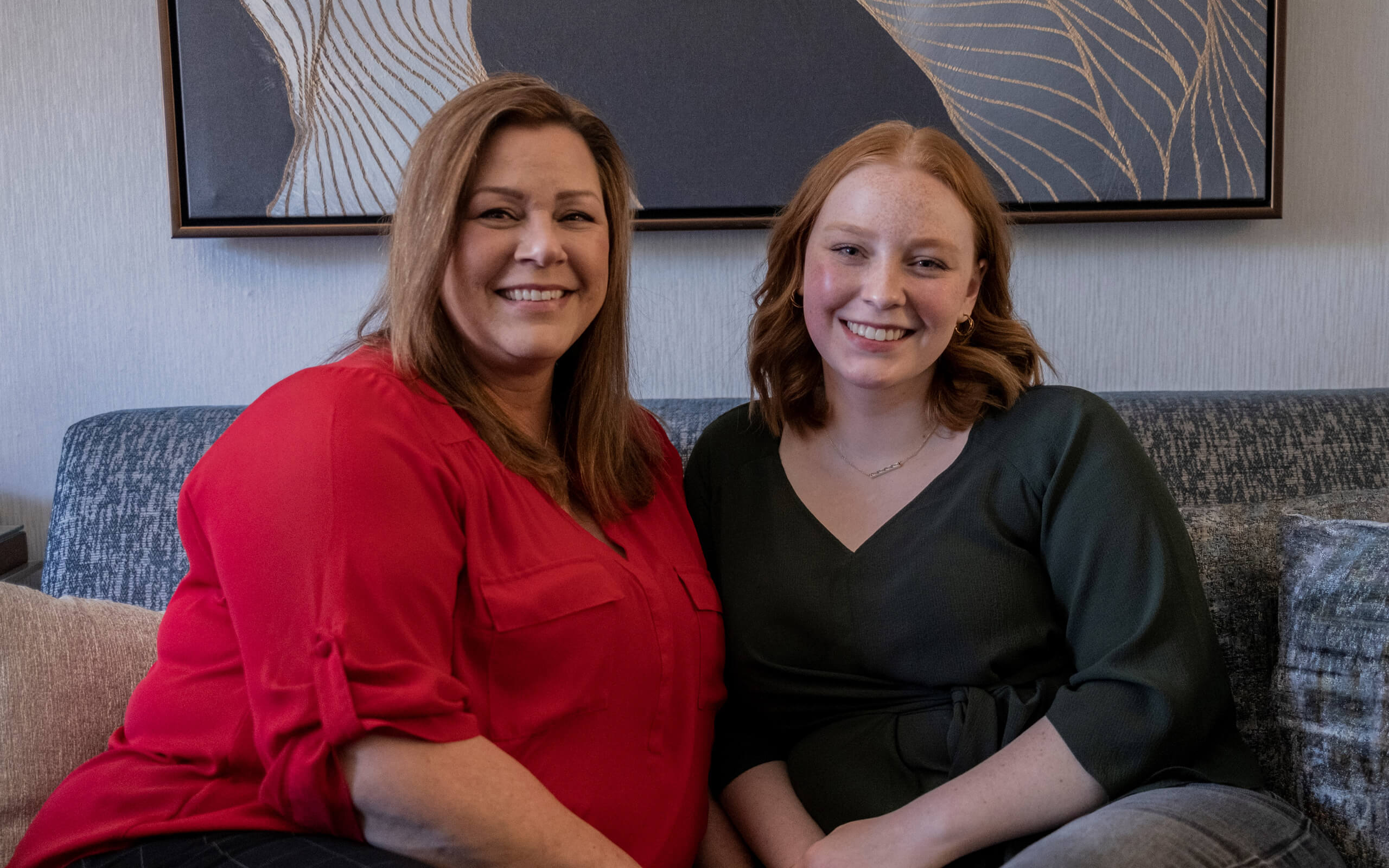Neuromyelitis optica spectrum disorder (NMOSD)
What is NMOSD?
NMOSD is a rare disease that affects the central nervous system (CNS), including the spine and optic nerves.1-3 Most people living with NMOSD experience unpredictable attacks, known as relapses, which can result in cumulative disability, including vision loss, paralysis and sometimes premature death.3,4
NMOSD most commonly affects women and begins in the mid-30s. Men and children may also develop NMOSD, but it is even more rare.5,6
Approximately three-quarters (73%) of people with NMOSD are antiaquaporin-4 (AQP4) antibody-positive, which means they produce antibodies that bind to the AQP4 protein.7 The binding of anti-AQP4 autoantibodies to specific cells in the CNS inappropriately activates the complement system to destroy cells in the spinal cord, optic nerve and brain.2,3

NMSOD Symptoms
Symptoms of NMOSD include:4
Intense pain
Impact on coordination and/or movement
Loss of bowel, bladder function
Fatigue
Abnormal skin sensations
tingling, prickling or sensitivity to heat/cold
Nausea and/or uncontrolled vomiting
Hiccups
Over time, I've come to realize that everything that I have gone through, there's a reason for it, and there's a way to educate and make things better for the next person that gets diagnosed.”Meg
Living with NMOSD

References
- Jarius S, et al. The history of neuromyelitis optica. J Neuroinflammation. 2013;10:797.
- Yick LW, et al. Aquaporin-4 autoantibodies from neuromyelitis optica spectrum disorder patients induce complement-independent immunopathologies in mice. Front. Immunol. 2018;9:1438.
- Wingerchuk DM, et al. The spectrum of neuromyelitis optica. Lancet Neurol. 2007;6(9):805-15.
- Mutch K, et al. Life on hold: the experience of living with neuromyelitis optica. Disabil Rehabil. 2014:36(13):1100-1107.
- Bukhari W, et al. Incidence and prevalence of NMOSD in Australia and New Zealand. J Neurol Neurosurg Psychiatry. 2017:88(8):632-638.
- Eaneff S, et al. Patient perspectives on neuromyelitis optica spectrum disorders: Data from the PatientsLikeMe online community. Multiple Sclerosis and Related Disorders. 2017;17:116-122.
- Hamid SHM, et al. What proportion of AQP4-IgG-negative NMO spectrum disorder patients are MOG-IgG positive? A cross sectional study of 132 patients. J Neurol. 2017;264(10): 2088-2094.
Veeva ID: US/UNB-N/0571

.png?rev=5bd8e91220ef437387f4a7da0eb77b07)
